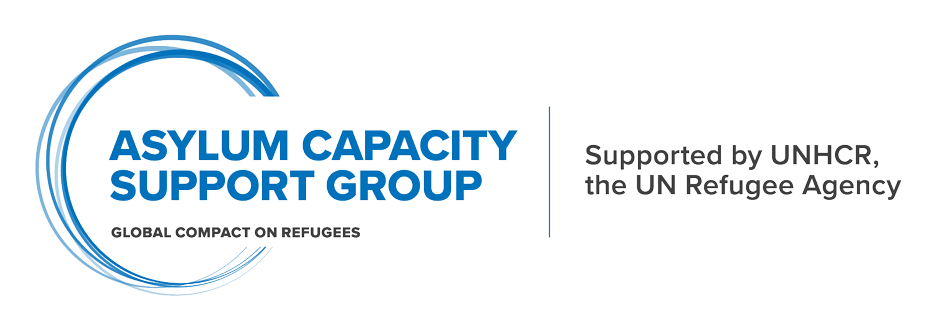
Snapshot
Entities sharing this good practice: Dirección General de Migración y Extranjería (DGME)
Submitted by: UNHCR Costa Rica
Key stakeholders: UNHCR Costa Rica
Visit their website: https://www.migracion.go.cr/SitePages/Inicio.aspx
Since 2018, Costa Rica has experienced an increase in the number of asylum applications from neighboring countries in the region. To address this increase and manage its asylum processing capacity, in 2019 Costa Rica’s General Directorate of Migration and Foreigners (DGME) began the process of decentralizing its refugee services, with the opening of an office in Upala, at the northern border. This process gained further relevance in the face of the border closure decreed at the beginning of the COVID-19 pandemic.
In Costa Rica, persons in need of international protection have always had the possibility of requesting protection upon entry into the territory at border posts, but since the border closures implemented in April 2020 because of COVID-19, access to the territory for foreigners as tourists has not been possible. To ensure access to asylum, the authorities – through the immigration police – began using an identification form to identify special protection needs and allow entry to the territory of those persons who arrive under any of these specific categories: asylum-seekers, unaccompanied children and adolescents, and victims of the crime of trafficking in persons. Depending on the identified needs, people are referred to specific procedures.
During COVID-19, refugee status determination (RSD) procedure for those persons identified to be in need of international protection was carried out entirely in the border areas, thus reducing the need for applicants to travel to San José, the capital city, base of the Refuge Unit (UR), in charge of resolving requests for asylum.
For instance, at the southern border, with the support of UNHCR, an eligibility officer was recruited to travel to the border office to conduct interviews and other procedures, in order to determine refugee status in a more expedited manner and thus reducing the need to travel for asylum-seekers to the capital amid the pandemic. Similarly, at the northern border, the Upala office of the Refugee Unit, although not located at the border crossing, implements a similar procedure. Likewise, in 2021, with the support of UNHCR, a person was hired in Peñas Blancas, the main border point in the north of the country.
In both borders there are legal aid organizations who can provide information, legal advice, and representation to asylum-seekers on issues related to the asylum procedure as well as access to rights and ensure due process. UNHCR also continues its work on safeguarding the basic rights of asylum-seekers through protection assistance and provision of basic needs to the most vulnerable.
In the event of rejection of the request for international protection, the Administrative Migration Court (TAM) is the body responsible for hearing the appeals. To complement the practice of the Refugee Unit, the TAM is currently considering carrying out the second instance procedure or appeals without the need for applicants to travel and conduct interviews remotely, although this is not yet implemented.
Activities
– Implementation of a protection needs identification form.
– Recruitment of eligibility officers for the North and South border area.
-Conducting the refugee procedure in the border area, without the need to travel to the centre of the country.
The decentralization process has enabled the Costa Rican authorities to respond to asylum cases effectively and efficiently by :-
-Ensuring continued access to the territory and asylum procedure for people in need of international protection, even in the face of border closures imposed by the COVID-19 pandemic.
-Building a more agile procedure by enabling RSD procedures to be carried out entirely in border areas.
– Reducing the waiting time to access the asylum procedure and sharing the workload of central offices in San Jose, thereby ensuring a timely response.
Challenges in implementation
The possibility that people can access the asylum procedure and carry out all the stages in the border areas favors their settlement there, avoiding unnecessary travel to the capital city during the pandemic. Additionally, it has been a relief for the central decision-making body since it doesn’t have to process these cases.

Recent Comments